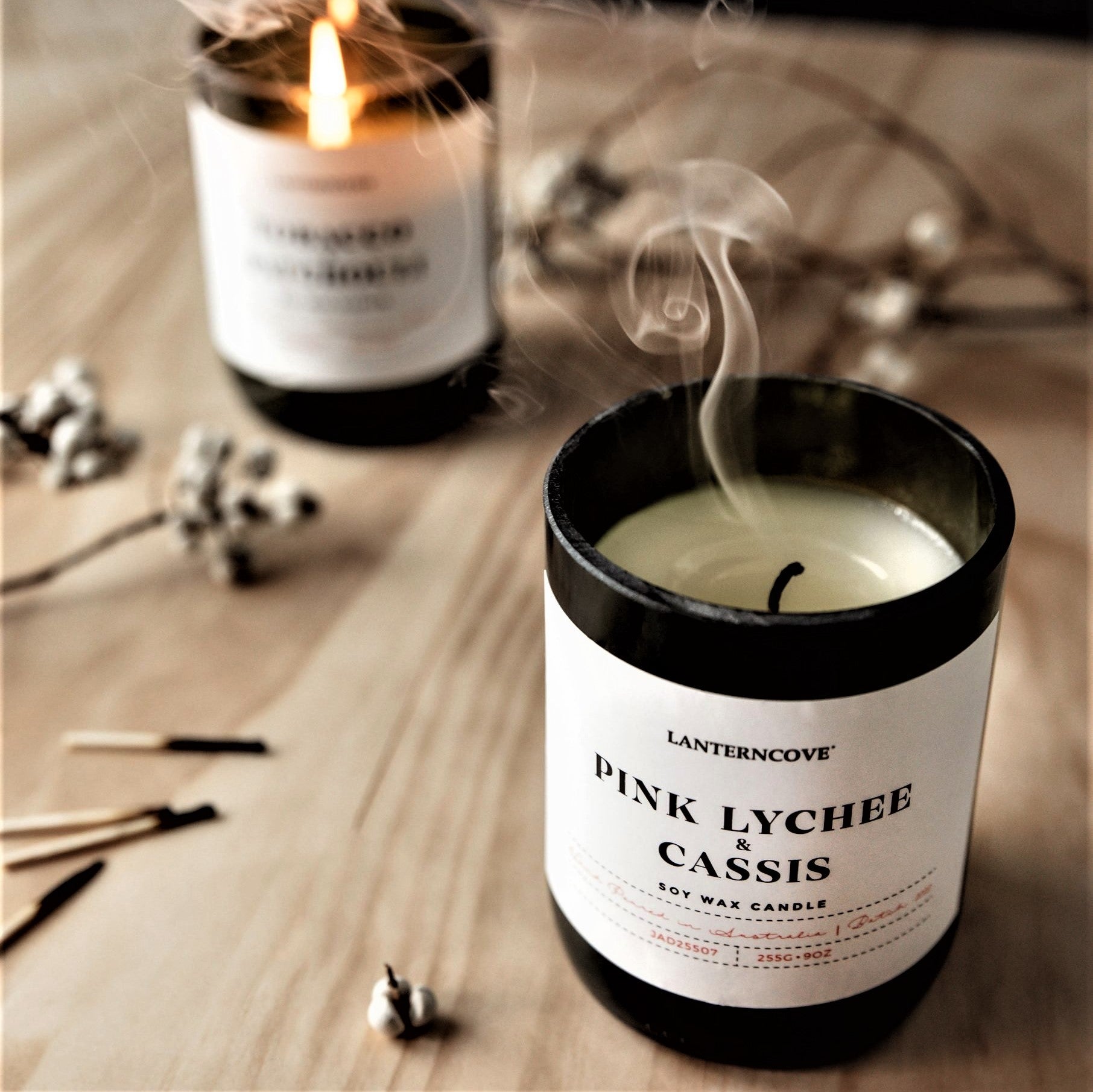Infuse Your Home with the Fragrance of Crystal Soy Candles and Home Fragrance
Wiki Article
From Wick to Wax: Understanding the Chemistry Behind Soy Wax Candles and Their Environmental Effect
As we brighten our spaces with the cozy radiance of candles, there lies a world of elaborate chemistry behind the apparently basic act of lighting a soy wax candle. The option in between soy and paraffin wax expands past simple looks, delving into the world of ecological influence and the very composition of the products. Recognizing the molecular structure of soy wax and its burning procedure clarifies the discharges released right into our surroundings. Join us as we unravel the scientific ins and outs behind soy wax candles and discover their implications on our environment.Soy Wax Vs. Paraffin Wax
When comparing soy wax and paraffin wax for candle light making, it is important to recognize the unique attributes and benefits of each product. Soy wax is an all-natural, renewable energy stemmed from soybean oil, making it biodegradable and green - soy candles. In comparison, paraffin wax is a by-product of oil refining, which raises concerns regarding its ecological effect and sustainabilitySoy wax candle lights burn cleaner and send out less residue compared to paraffin wax candle lights, making them a healthier selection for indoor air high quality. Additionally, soy wax has a reduced melting point, enabling a longer-lasting candle light that distributes fragrance better. Paraffin wax, on the various other hand, often tends to melt faster and much less easily, possibly releasing dangerous chemicals right into the air.
From a sustainability point of view, soy wax is preferred for its biodegradability and renewable sourcing, aligning with the growing customer choice for ecologically aware products. While paraffin wax has actually been a traditional choice in candle making as a result of its affordability and convenience of use, the change in the direction of green options like soy wax is obtaining energy in the industry.
Chemical Structure of Soy Wax

Burning Process in Soy Candles
The chemical composition of soy wax straight affects the burning procedure in soy candle lights, influencing factors such as shed time, aroma launch, and ecological impact. When a soy candle is lit, soy wax candles the heat from the fire melts the wax near the wick.
The burning effectiveness of soy candle lights is influenced by the purity of the soy wax and the high quality of the wick. In addition, soy wax candle lights have a reduced ecological impact contrasted to paraffin candles due to their biodegradable and eco-friendly nature.

Environmental Benefits of Soy Wax

Considered a lasting alternative to standard paraffin wax, soy wax supplies remarkable environmental advantages that make it a prominent choice amongst eco-conscious customers. Soy wax burns cleaner and produces much less residue than paraffin wax, contributing to far better interior air quality and lowering the requirement for cleansing and upkeep. Overall, the ecological advantages of soy wax align with the expanding need for sustainable and environment-friendly products in the market.
Recycling and Disposal Factors To Consider
Recycling and correct disposal of soy wax candle lights play a critical function in maintaining ecological sustainability and reducing waste in communities and homes. The initial step is to ensure that the candle has shed entirely when it comes to recycling soy wax candles. This can be achieved by permitting the candle light to melt up until the wick is no more functional, and then letting the continuing to be wax cool and solidify. As soon as the wax has actually strengthened, it can be very carefully eliminated from the container.
In regards to disposal, if recycling is not an option, soy wax candle lights are naturally degradable and can be securely disposed of in most family waste systems. Nonetheless, it is always recommended to talk to neighborhood reusing facilities or waste monitoring services for specific guidelines on candle disposal to make sure appropriate handling and environmental security.
Final Thought
In verdict, the chemistry behind soy wax candles reveals their ecological benefits over paraffin wax candles. Soy wax, obtained from soybean oil, burns cleaner and generates less soot when contrasted to paraffin wax.When contrasting soy wax and paraffin wax for candle production, it is crucial to comprehend the distinct characteristics and benefits of each material (home fragrance).Soy wax candle lights burn cleaner and give off much less soot contrasted to paraffin wax candles, making them a much healthier choice for interior air quality.Taken into consideration a sustainable option to conventional paraffin wax, soy wax offers noteworthy environmental advantages that make it a popular option amongst eco-conscious consumers. Soy wax burns cleaner and generates much less residue than paraffin wax, adding to better indoor air high quality and minimizing the requirement for cleaning and maintenance.In final thought, the chemistry behind soy wax candle lights exposes their ecological benefits over paraffin wax candle lights
Report this wiki page